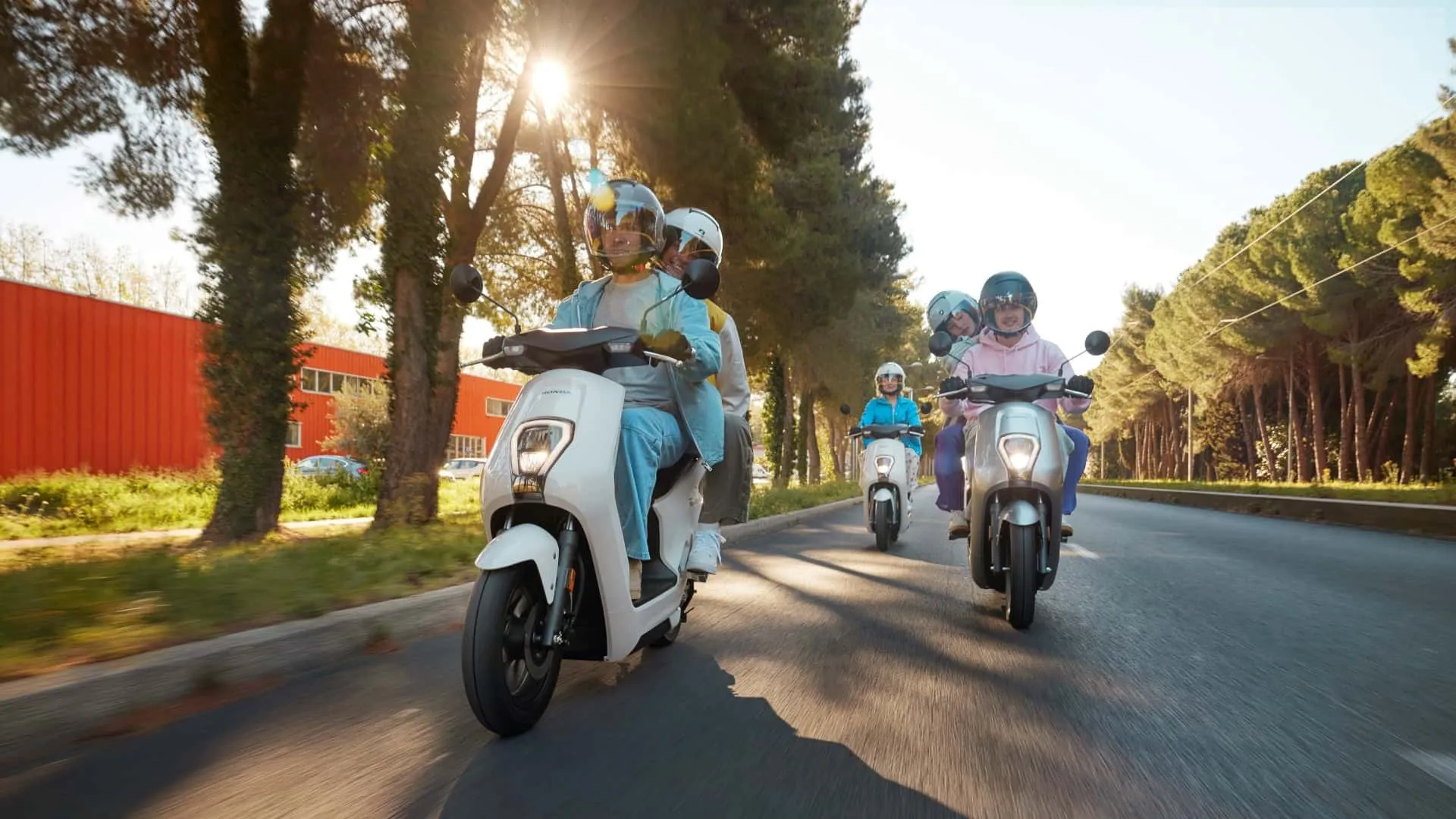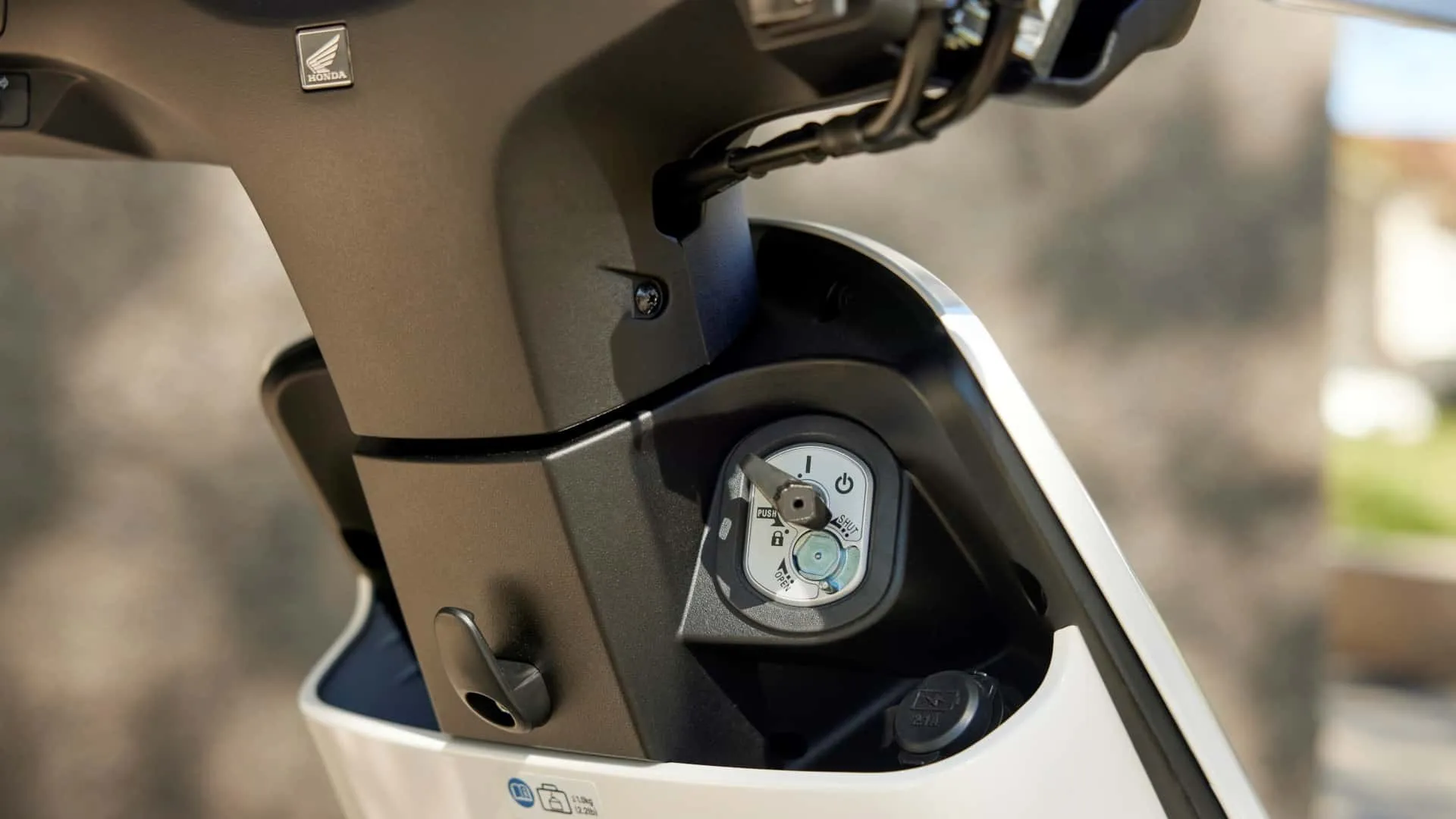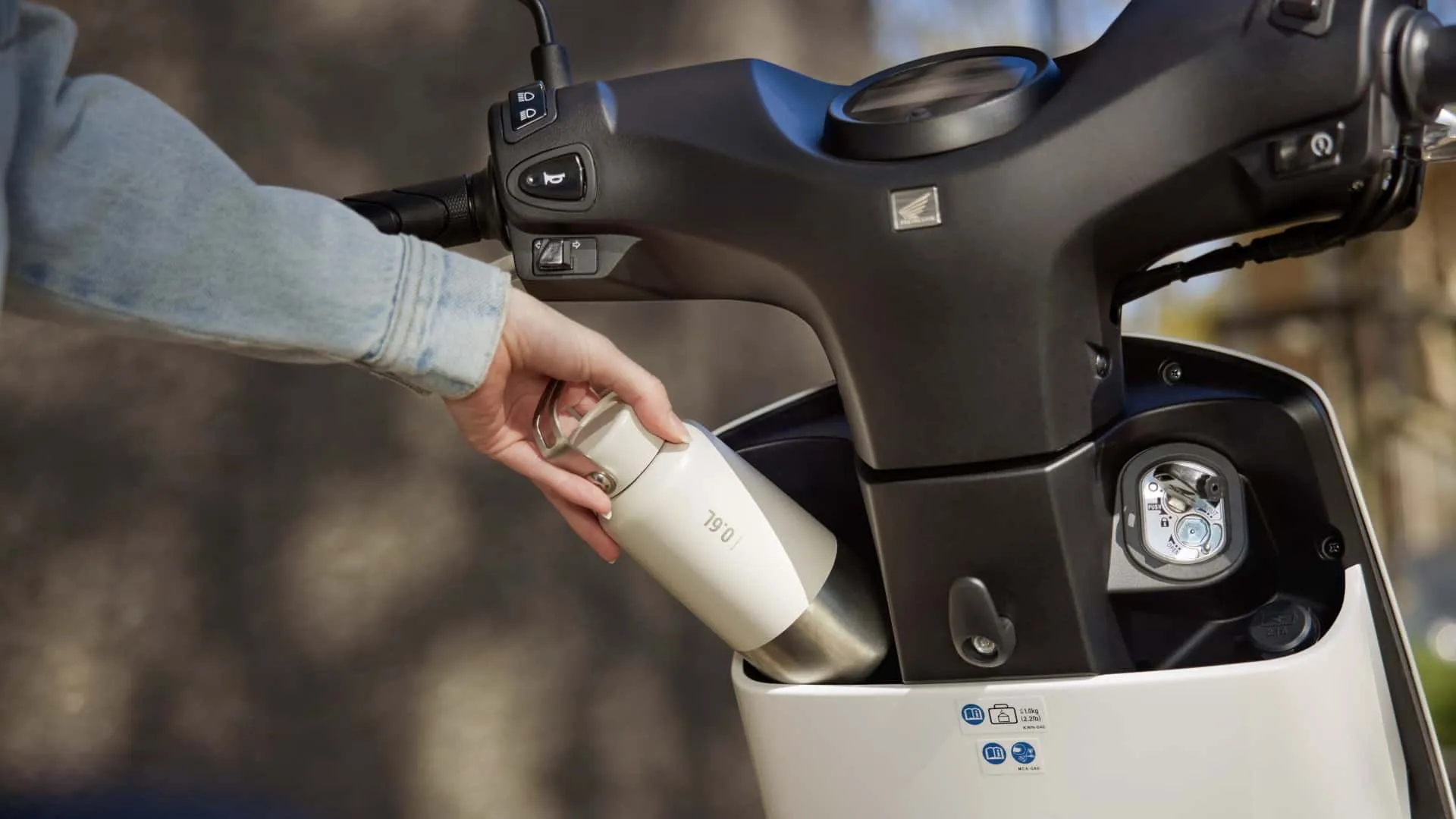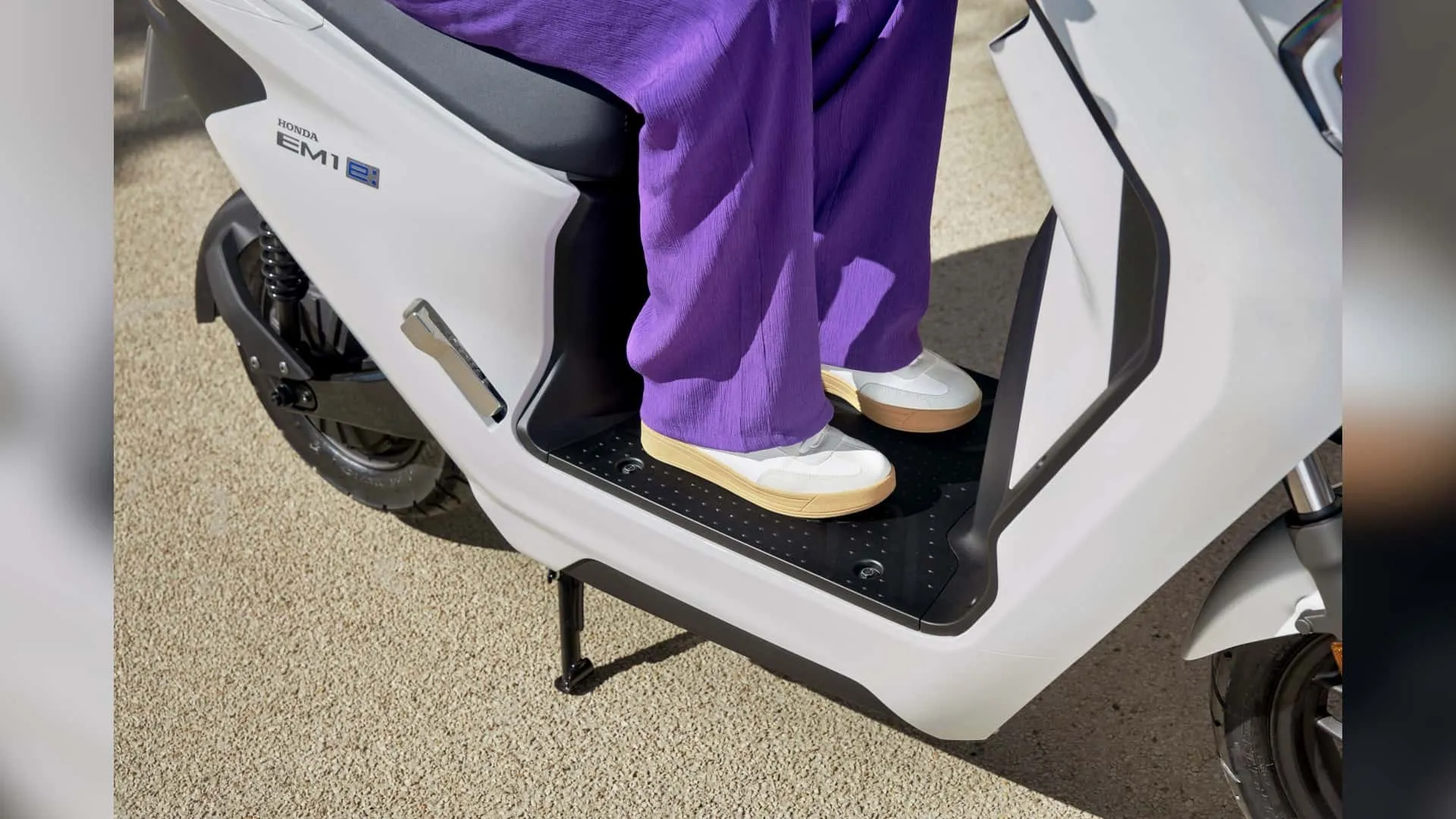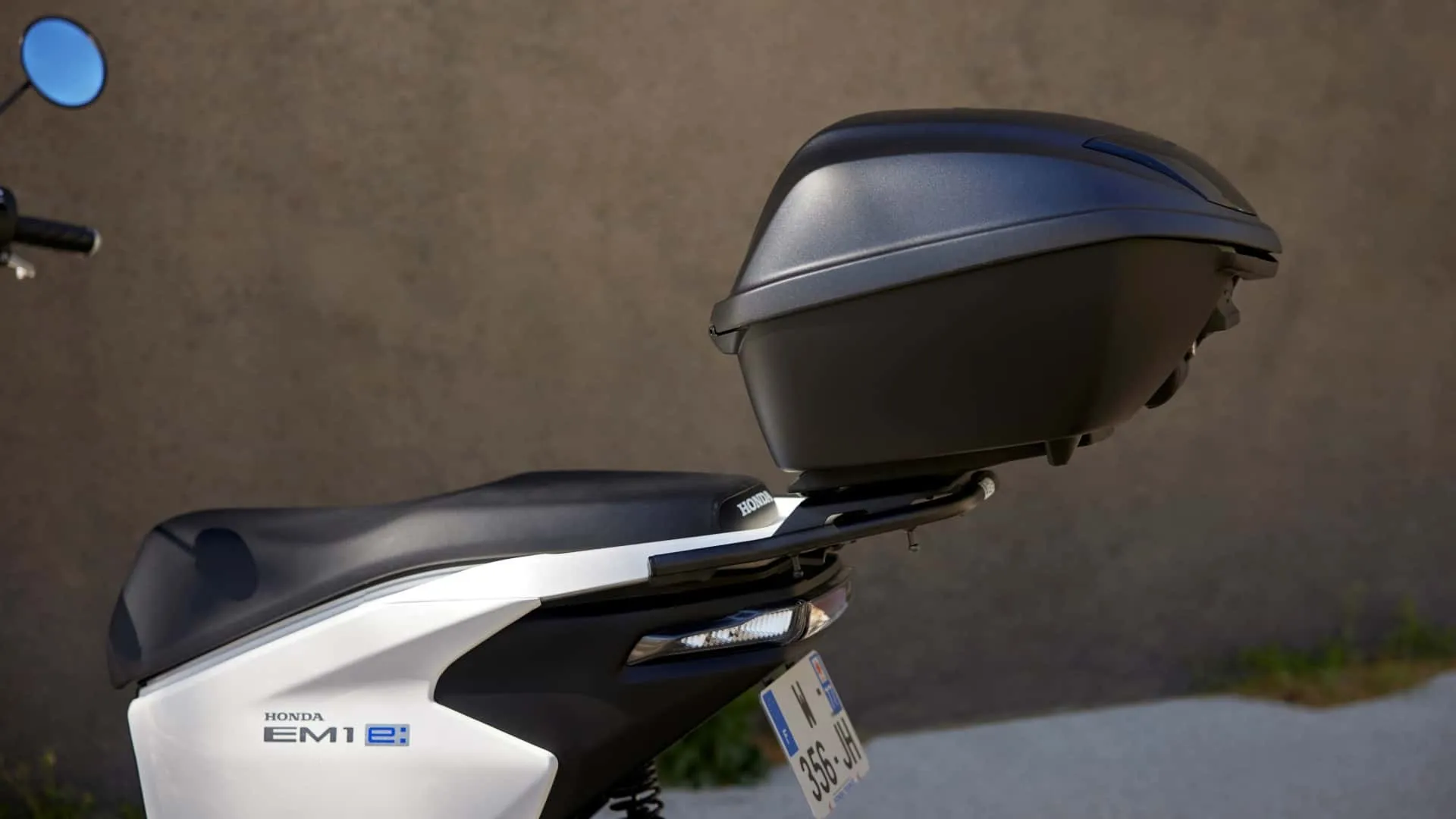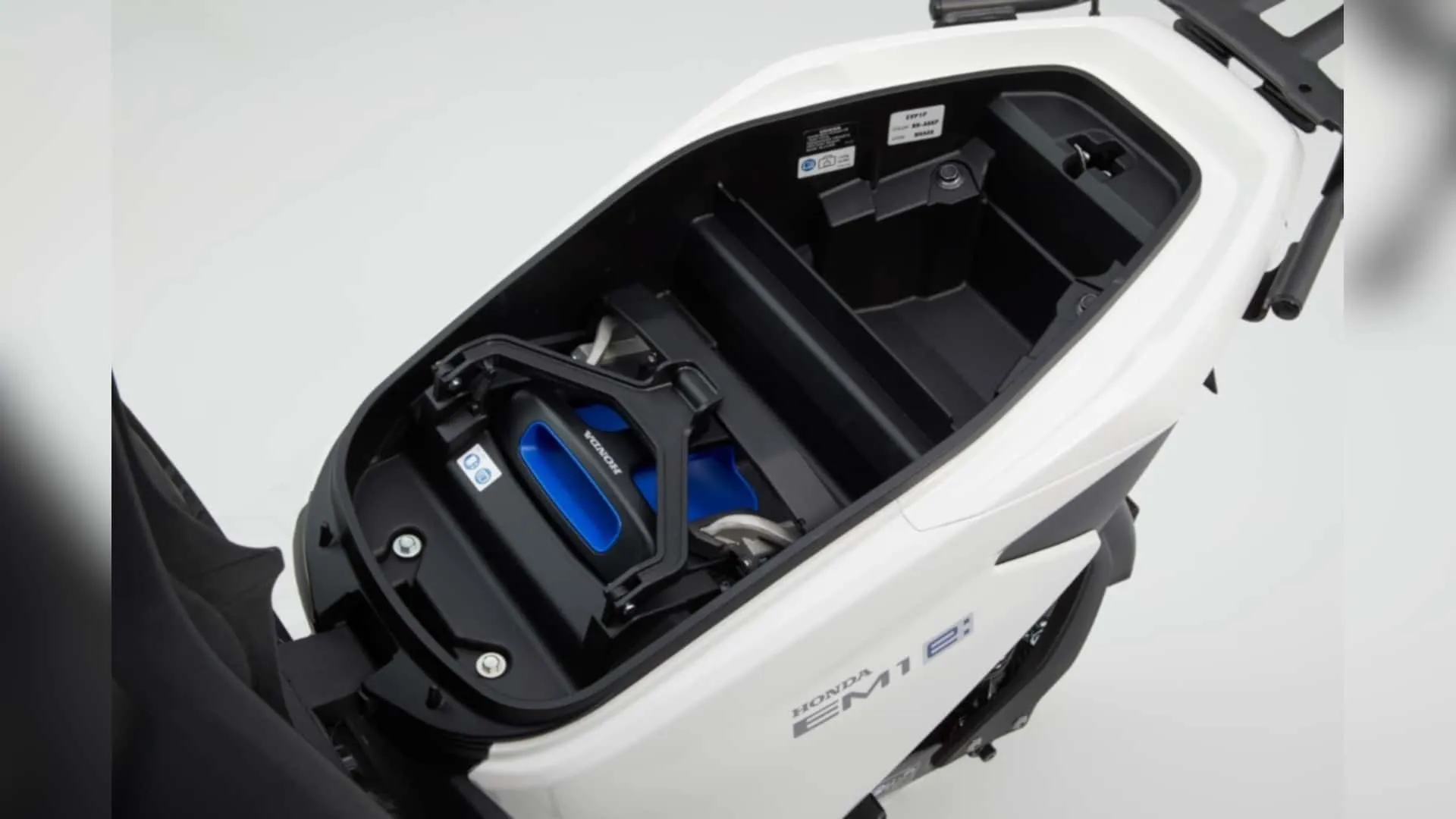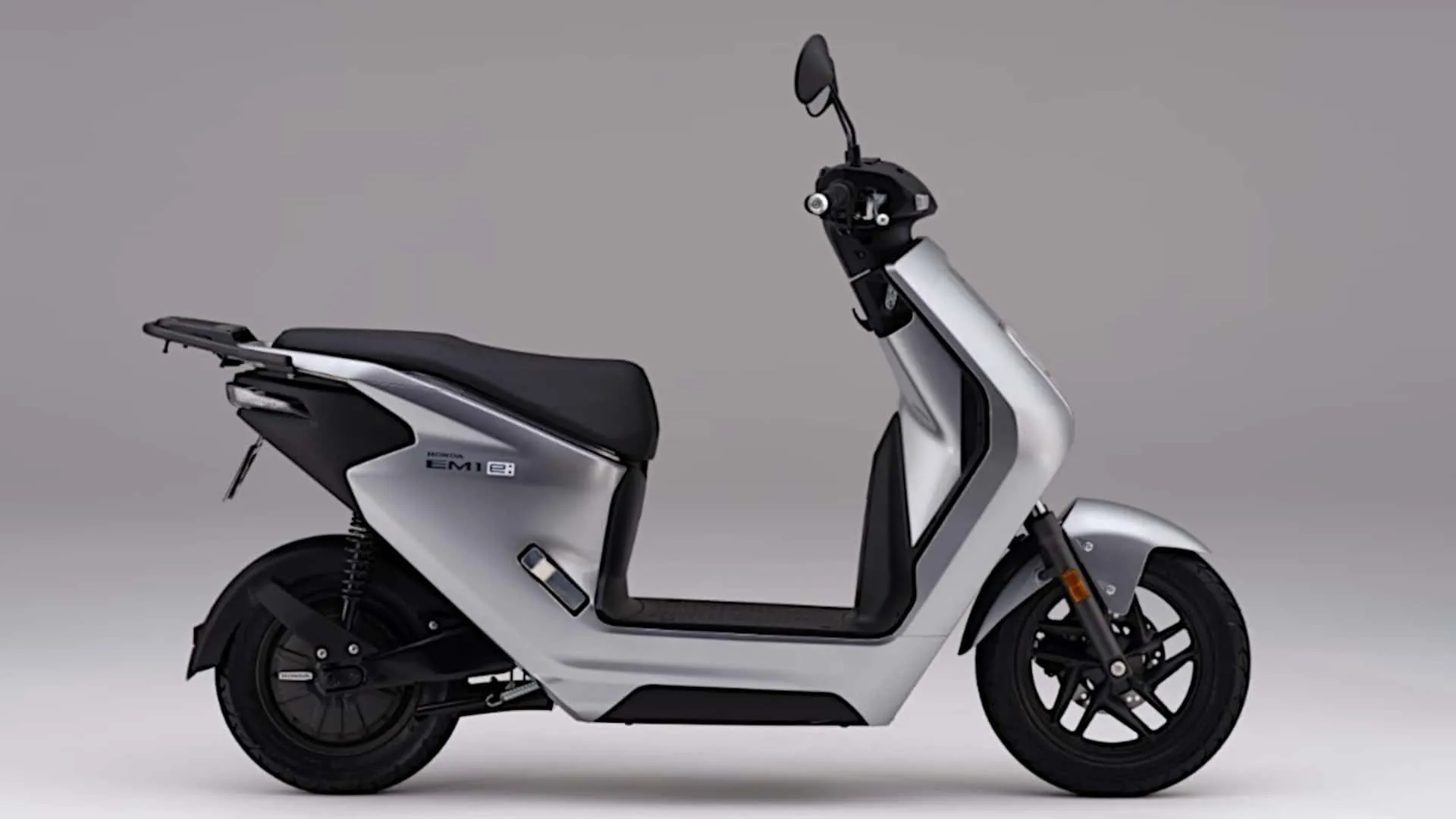Charge in 60 seconds! The YAMAHA JOG E uses the MPP standard to eliminate charging time. See how this futuristic system works.
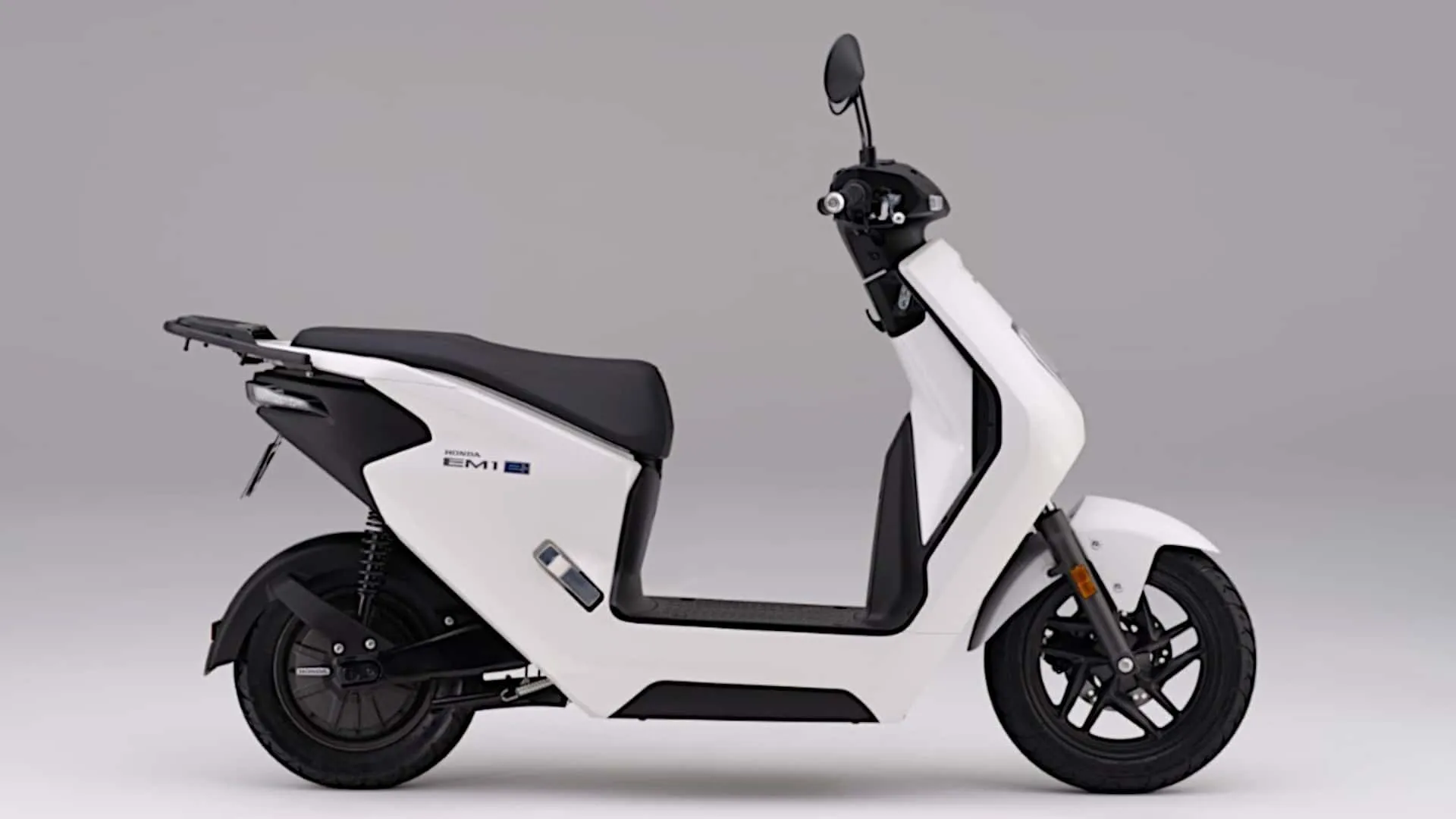
The electrification of transportation has brought numerous benefits, but the dilemma of waiting for charging still deters many consumers. Imagine being able to “refuel” your electric motorcycle or scooter in less than 60 seconds, without the need to wait for slow charging. This is not a futuristic dream; it is the essence of the concept of battery swapping, and Japan, led by a historic alliance between rivals, has just launched the model that could change global mobility.
What is Battery Swapping and How Does the YAMAHA JOG E Transform the Concept?
The term “swapping” literally means “exchange.” In the context of light electric vehicles, it represents the most efficient solution to range anxiety and downtime. Instead of plugging in and waiting, the user simply replaces the discharged battery module with one that is fully energized.
The process is so intuitive that it resembles a self-service kiosk. The rider of the electric scooter, like the newly launched YAMAHA JOG E, arrives at a station, removes the depleted battery from the compartment, and inserts it into an empty slot. Immediately, they withdraw an identical and charged module, restart the motor, and continue the journey.

Yamaha, by launching the Jog E, not only put another electric scooter on the market but validated an ecosystem. The Jog E is the brand’s first mass-market consumer product to use the battery standard Mobile Power Pack e (MPP e), a technology originally developed and standardized by the rival Honda. This standardization is the key to the success of swapping, allowing vehicles from different manufacturers (Kawasaki, Suzuki, Honda, and Yamaha) to use the same infrastructure. This collaborative move demystifies the idea that the durability and cost of the battery are insurmountable barriers to the adoption of electric vehicles.
Step-by-Step Quick Swap
- Location: The rider locates the nearest Gachaco station via the app.
- Removal: The discharged battery is removed from the scooter (the Jog E was designed for this).
- Insertion and Identification: The battery is placed into the swap kiosk, which checks the status and the user’s subscription plan.
- Withdrawal: A 100% charged battery is released automatically.
- Continuation: The new battery is inserted into the vehicle, and the journey continues.
The Japanese Alliance and the Disruptive Subscription Model
What makes the Jog E case and the Gachaco network a milestone isn’t just the swapping technology, but the new business model that eliminates the customer’s biggest upfront cost: the battery.
The Yamaha JOG E scooter is sold in Japan for around 159,500 yen (approximately R$ 5,500), an extremely competitive entry price. However, this value includes only the physical vehicle (the body). For the energy, the customer must obligatorily subscribe to a Gachaco subscription plan, a joint venture formed by Gachaco, a partnership between industry giants, and the powerful energy company ENEOS.
The Gachaco subscription model turns the battery from a high-cost depreciating asset into a utility service, paid monthly. This democratizes access to electric mobility.
This system not only reduces the initial cost but ensures that the user always uses batteries that are in great condition, since the management, charging, and health of the modules are the responsibility of Gachaco and ENEOS. The coordinated energy infrastructure, by the way, has been the trend of global advances, as seen in complex projects involving large investments in technology. This service model also opens doors for large energy corporations to guarantee grid stability.

Model Comparison: Ownership vs. Service
| Feature | Traditional Model (Purchase) | Swapping Model (Subscription) |
|---|---|---|
| Initial Cost | High (Vehicle + Battery) | Low (Only the vehicle) |
| Battery Ownership | By the User | By the Gachaco Network |
| “Refueling” | Slow charging (home/public) | Instant Swap |
The GEO Challenge: Infrastructure and Global Potential
Despite the business model’s ingenuity and the unprecedented collaboration between Honda and Yamaha, the viability of swapping is entirely tied to the density of the infrastructure. The initial Jog E launch is geographically restricted: Tokyo (42 stations), Osaka (7), and Saitama (2). This number is the main barrier to expansion.
The expansion of Gachaco, though ambitious, faces the sheer scale of competitors like the Taiwanese Gogoro, which dominates the market with thousands of swap points, proving that investing in infrastructure is the most expensive and time-consuming piece of the puzzle. For US consumers interested in electric scooter technology, this Japanese model is a key case study in urban mobility solutions.
For high-use markets, the scooter and motorcycle swapping model presents itself as an ideal solution for fleets and delivery services. Where downtime is money, the instant swap offers a huge operational advantage. However, importing Japan’s success to the world would require a massive and coordinated investment to build the swap network from scratch. Until then, the pursuit of high-autonomy vehicles remains a priority.
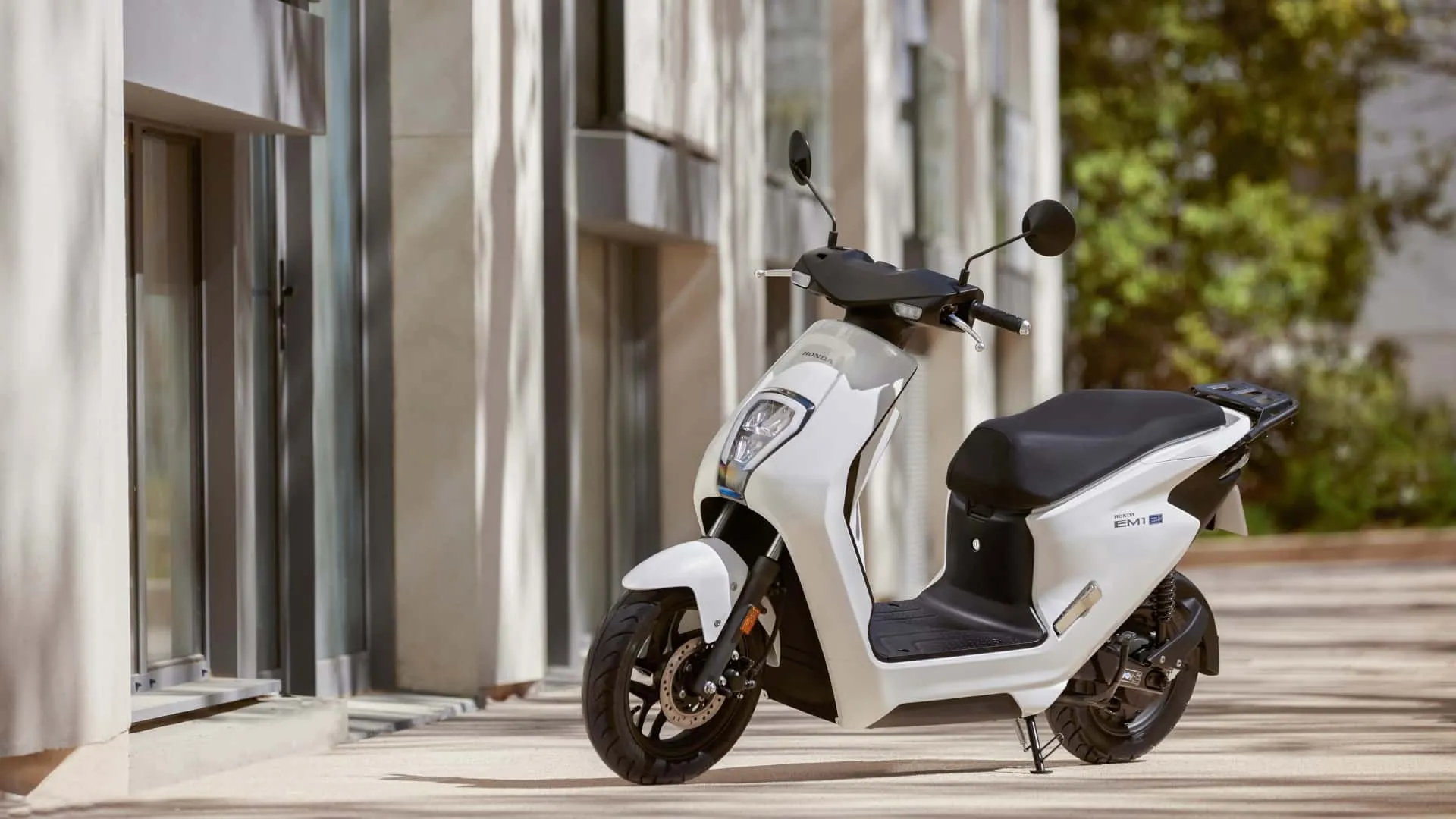
The YAMAHA JOG E is more than a scooter; it proves that electric mobility can overcome its greatest limitation – the charging time – through standardization and business models that prioritize service over ownership. The collaboration between rivals to create a shared ecosystem in Tokyo and Osaka sets a global precedent that should be watched closely by any country looking to electrify its two-wheeled urban fleet.
While Yamaha plans to offer the option to permanently purchase batteries only from 2026, the primary focus on the Gachaco system signals a trend: the future of vehicle energy, especially in urban environments, may be less about owning the power pack and more about having access to it on demand. This is a crucial step toward the carbon neutrality goal and the sustainable transformation of cities.


